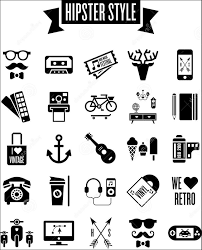
The course's emphasis is on teaching students how non-textual sources can be used as a source of historical information. To this end, we examine television, landscapes, architecture, photographs, graffiti, popular culture, advertising, oral history interviews, and household objects, among other things. Students submit a photographic analysis of a landscape or street scene, a museum review, and a final research paper. This course is designed to introduce upper-year students to the use of historical research materials that go beyond the usual printed sources. Nevertheless, since printed materials remain the historian's primary tool, these unconventional materials should be used to supplement the printed record, not supplant it. This has particular applicability when studying groups for whom textual sources may be scanty, fragmentary, or non-existent, as is often the case in social history. Since one of the aims of social history is to allow the voiceless to have a voice, the use of non-textual sources is invaluable in the field. During the term, we will be looking at and working with material culture, for the most part, namely the objects and items produced by a society that reflect its development and processes. The objects, in turn, can tell us about the people within a society. We will also be looking at the way in which historians use these sources, as well as the uses and pitfalls of oral history, the way in which the physical environment can act as a historical record, and finally, how printed sources can be re-examined.
